Demonstrators outside the Legislative Yuan yesterday finished a three-day protest against reform bill packages proposed by opposition parties. Event organizers said that more than 30,000 people joined the protest last night.
The three-day protests, which are part of the “Bluebird movement” — protest against legislative reform bills proposed by Chinese Nationalist Party (KMT) and Taiwan People’s Party (TPP) lawmakers, who say they are to enhance the power of the legislature — were organized by more than 50 civil society groups.
The event organizers said yesterday that their efforts would continue in the coming weeks.
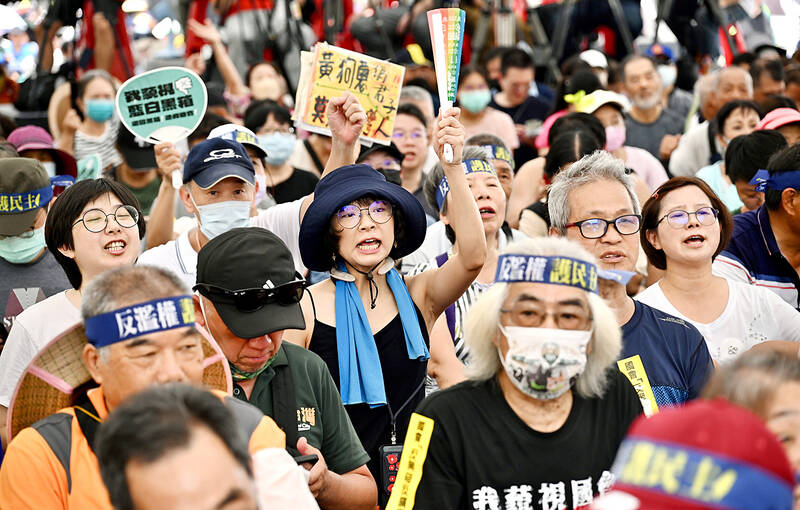
Photo: Lo Pei-de, Taipei Times
They said they would form six working groups to continue to monitor the legislative process and oppose enacting the bills.
“It is the consolidation of ‘six strong forces’ of civil society groups to scrutinize and track the legislative process,” said Hsu Kuan-tse (許冠澤), deputy secretary of the Economic Democracy Union, which was one of the organizers of the protests.
Hsu said that the working groups would focus on the specific scope of the bills, including the KMT’s attempt to restart the Special Investigation Division, construct three major transportation projects in eastern Taiwan, regain control of China Youth Corps assets, restore the operating license of CTi TV News, raise the threshold for recalls against elected representatives and water down the Anti-Infiltration Act (反滲透法).
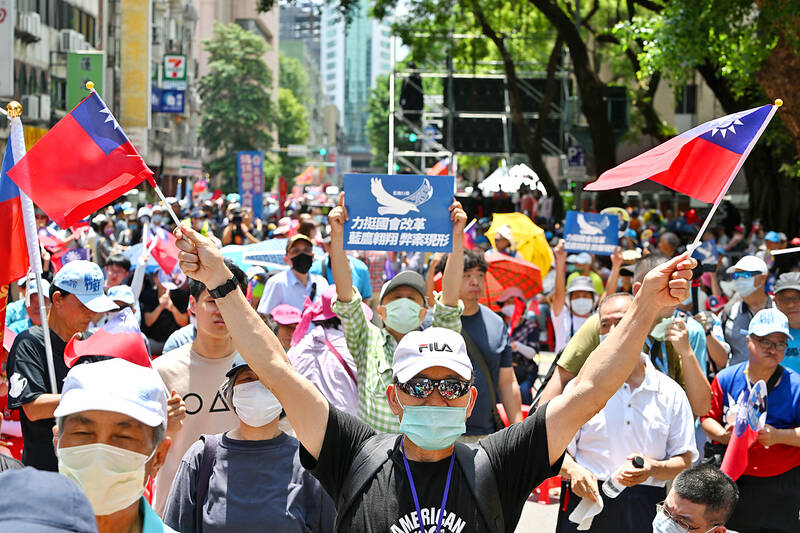
Photo: Tien Yu-hua, Taipei Times
“This week’s ‘Bluebird’ gathering has shown the strength of Taiwan’s civil society ... each day has seen thousands of people participating at these outdoor lectures and speeches, who were not deterred by the scorching heat and thunder storms, and showed their courage and determination to protest outside the Legislative Yuan,” Taiwan Citizen Front executive Lo Yi (羅宜) said.
“We are here to condemn KMT and TPP lawmakers who obey the instruction of their party leaders, for which they stand contrary to the public will. They will certainly pay the price,” Lo said.
Other speakers said that a number of constituencies have started recall campaigns against KMT legislators.
The KMT yesterday mobilized its supporters to stage a counter-protest nearby the Bluebird protesters on the other side of the closed section of the road. No violent incidents were reported.
KMT officially named their counterprotest the “Blue Eagle Action.” Participants convened in their thousands and listened to speeches by KMT politicians on stage. They also spoke about initiating recall campaing against DPP legislators.
The two sites were separated by metal barriers, and a large number of police officers were on duty to ensure people kept to their own section and no scuffles broke out.
The “Blue Eagle Action” protesters arrived shortly after 8am, and they departed by midday.
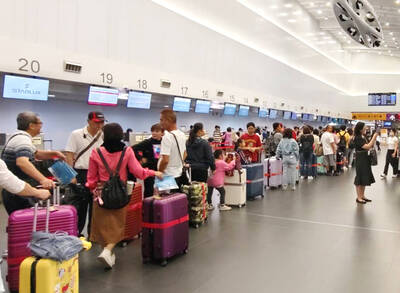
Three Taiwanese airlines have prohibited passengers from packing Bluetooth earbuds and their charger cases in checked luggage. EVA Air and Uni Air said that Bluetooth earbuds and charger cases are categorized as portable electronic devices, which should be switched off if they are placed in checked luggage based on international aviation safety regulations. They must not be in standby or sleep mode. However, as charging would continue when earbuds are placed in the charger cases, which would contravene international aviation regulations, their cases must be carried as hand luggage, they said. Tigerair Taiwan said that earbud charger cases are equipped
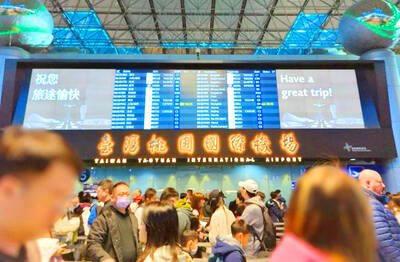
Foreign travelers entering Taiwan on a short layover via Taiwan Taoyuan International Airport are receiving NT$600 gift vouchers from yesterday, the Tourism Administration said, adding that it hopes the incentive would boost tourism consumption at the airport. The program, which allows travelers holding non-Taiwan passports who enter the country during a layover of up to 24 hours to claim a voucher, aims to promote attractions at the airport, the agency said in a statement on Friday. To participate, travelers must sign up on the campaign Web site, the agency said. They can then present their passport and boarding pass for their connecting international
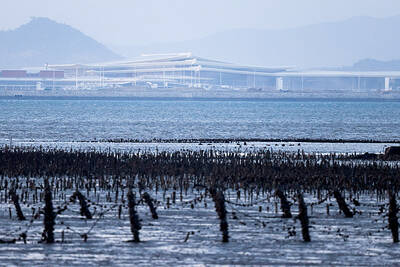
UNILATERAL MOVES: Officials have raised concerns that Beijing could try to exert economic control over Kinmen in a key development plan next year The Civil Aviation Administration (CAA) yesterday said that China has so far failed to provide any information about a new airport expected to open next year that is less than 10km from a Taiwanese airport, raising flight safety concerns. Xiamen Xiangan International Airport is only about 3km at its closest point from the islands in Kinmen County — the scene of on-off fighting during the Cold War — and construction work can be seen and heard clearly from the Taiwan side. In a written statement sent to Reuters, the CAA said that airports close to each other need detailed advanced
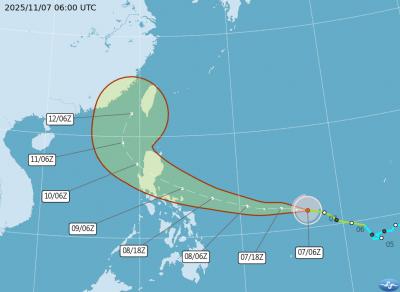
Tropical Storm Fung-Wong would likely strengthen into a typhoon later today as it continues moving westward across the Pacific before heading in Taiwan’s direction next week, the Central Weather Administration (CWA) said. As of 8am, Fung-Wong was about 2,190km east-southeast of Cape Oluanpi (鵝鑾鼻), Taiwan’s southernmost point, moving westward at 25kph and possibly accelerating to 31kph, CWA data showed. The tropical storm is currently over waters east of the Philippines and still far from Taiwan, CWA forecaster Tseng Chao-cheng (曾昭誠) said, adding that it could likely strengthen into a typhoon later in the day. It is forecast to reach the South China Sea